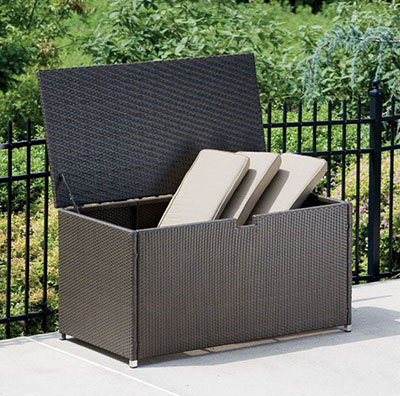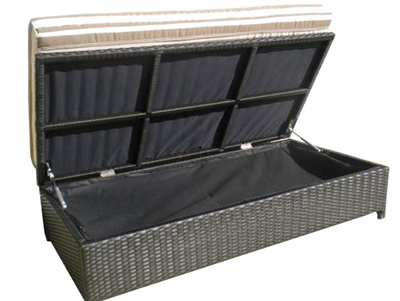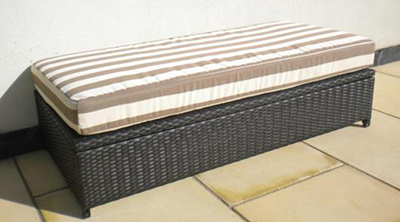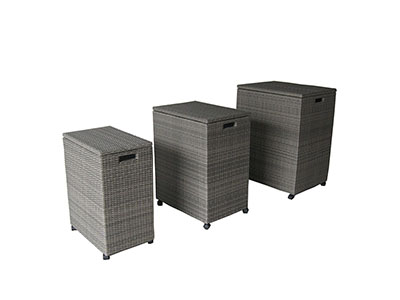Film parameters In screen printing, the first thing to note is the original. If you do not have color separation equipment or a reliable color separation supplier, you should find a company with rich experience in screen printing and color separation to help you complete the process. Separation tasks. The ability of color separation personnel determines the success of your color overlay, because there is no way to compensate for defects caused by color separation in the process of plate making and printing. Experienced color screen printers know that color separation films used for offset printing are not suitable for screen printing because of the different methods of plate making and the amount of ink used. To ensure the best reproduction, your separation film needs to consider several copy parameters. Tone range and dot shape are important parameters because offset printing can print the entire tonal range (1-100%), and screen printing cannot. For a packaging container, the actual print tone range is only 15-85%. The dots that are halftone printed on the container have the best oval shape, as shown in FIG. 3 . Printed in square dots, we can see there are dot gains, with connections in the four corners of the dot. In contrast, oval dots only intersect at both ends, reducing black block production. Figure 3: Dot-shaped square dots (the upper part of the image) are screen-printed. They have a noticeable jump in the ink percentage of 50% because of the connection at the four corners. Conversely, the following elliptical points are only connected at both ends, which reduces the stencil effect compared to the square. The image area of ​​the separation film must have sharp, clear edges and a density of at least 4.0. If you need a high-quality copy, you should use a resolution of 2400 dpi and a resolution of 85-100 lines/inch for color separation output. In most cases, the customer provided a digital file and checked whether the file had enough resolution. For the convenience of registering during printing, when the film is output, registration crosshairs and angle lines are required. Once the screen has a good set of color separations, platemaking becomes the next issue to pay attention to. First you need to consider the screen and screen tension. According to the above-mentioned screen frequency, it is appropriate to use a network cable in the range of 380-390 lines/inch. Your screen supplier can help you determine other suitable screen parameters, such as the diameter of the cable associated with the type of ink. You'd better use a dyed wire mesh, which is often used in screen printing with a high number of wires. It prevents unwanted light scattering that can affect the finish of the product during exposure. In order to get a satisfactory off-gauge gap, use the theory about the correct pull force. This is where container printing differs from printing on flat objects. Although the correct off-plan clearance can improve the sharpness of the printed edge and prevent smudging, it must be remembered that the surface rotation during the printing process is an inherent feature of the container printing, and the curved surface is also only applied with the screen plate's squeegee. Place of pressure contact. So you can print with less pressure than when printing flat. The printing of the screen with 18-20N/cm of tension can obtain the best color overprint effect, but after relaxing for 24 hours, the tension is reduced to 15-16N/cm. If you have already printed monochrome jobs and want to do multi-color job printing, you'd better buy a pull force meter. Although correct tension is very important, it is more important to maintain constant tension. Changes in screen tension will make overprinted prints unacceptable. Another parameter to be concerned with is the thickness of the printing ink. Offset ink deposits are very thin and allow dots to be superimposed to reflect the desired color, but screen printing inks are thicker and, once overprinted, can make the color black or unclear. A good screen color separation personnel will compensate for this phenomenon when exporting films.
Garden Storage Box
Garden
Storage Box is suit for outdoor garden usage for long time,you can put
cushions, pillows into the box, which are very convenience for commercial usage
or general usage. The material is UV resistant PE rattan and 1.2mm thickness aluminum
frame with powder-coated.
Rattan fibers are smoothly double woven around concealed
powder-coated aluminum frames. With easy open design and inner waterproof cover inside to
resistant rain for long time.
·
Traditional forms with a spacious, inviting scale
·
Handwoven premium resin wicker UV resistant
·
Rust-resistant powder-coated frames
·
Adding extra
cushion, the storage box can be ottoman
·
Add wheels on the bottom, convenience for
moving
We
have different design garden storage box, different size for your selection,
you can decorate your home or garden, make your life clean and neat.




If
you have any questions, please contact with us directly. Garden Storage box are
produced by Golden Eagle Outdoor Furniture With High Quality and Good Appearance.
Welcome you can visit our Factory.For any inquiry,Please send mail directly to
us.
Garden Storage Box,Plastic Garden Storage Box,PE Garden Storage Box,Wicker Garden Storage Box,Rattan Garden Furniture,Storage Box
Golden Eagle Outdoor Furniture Co., LTD. , https://www.gebarset.com



